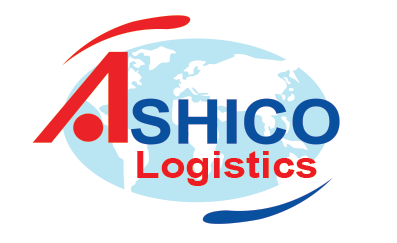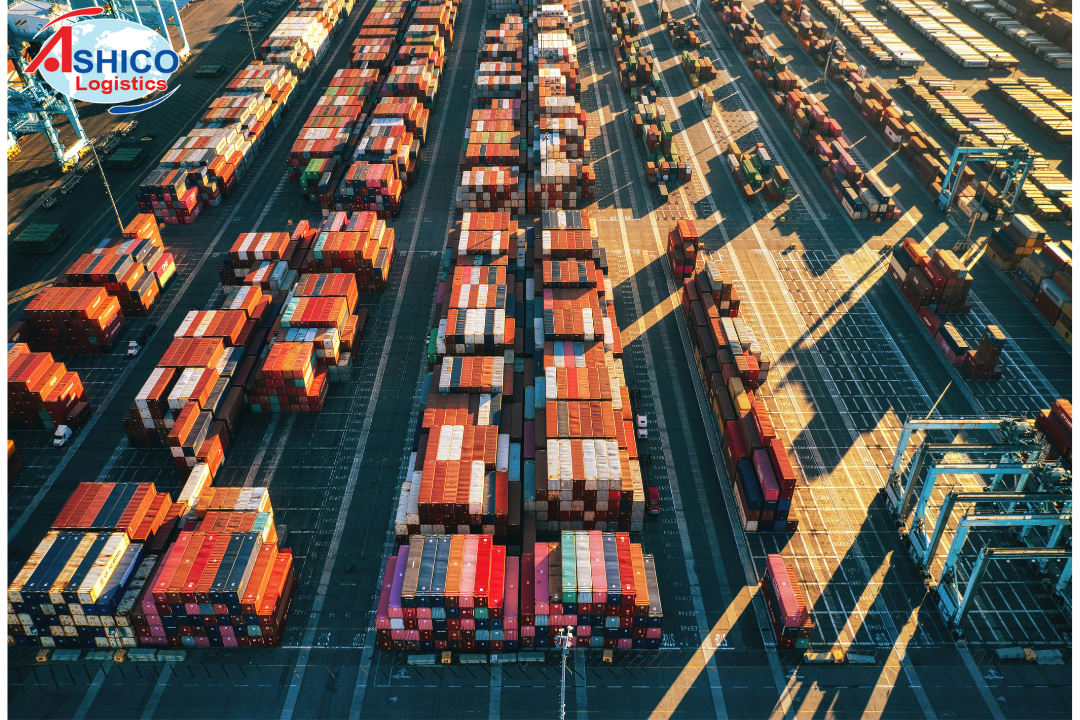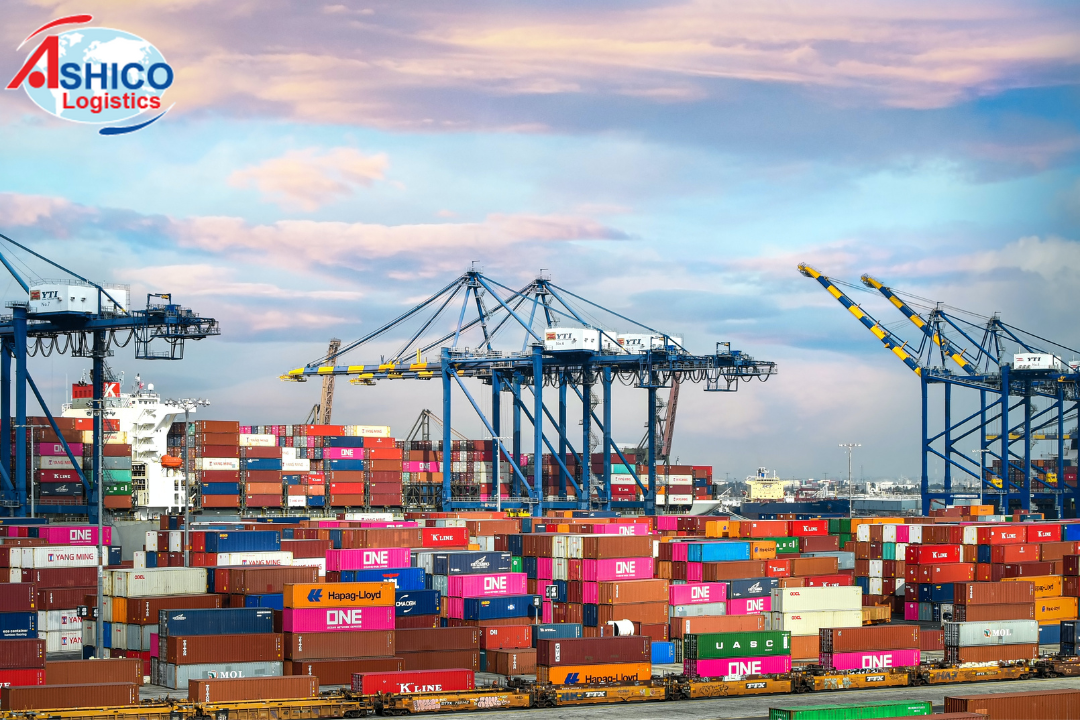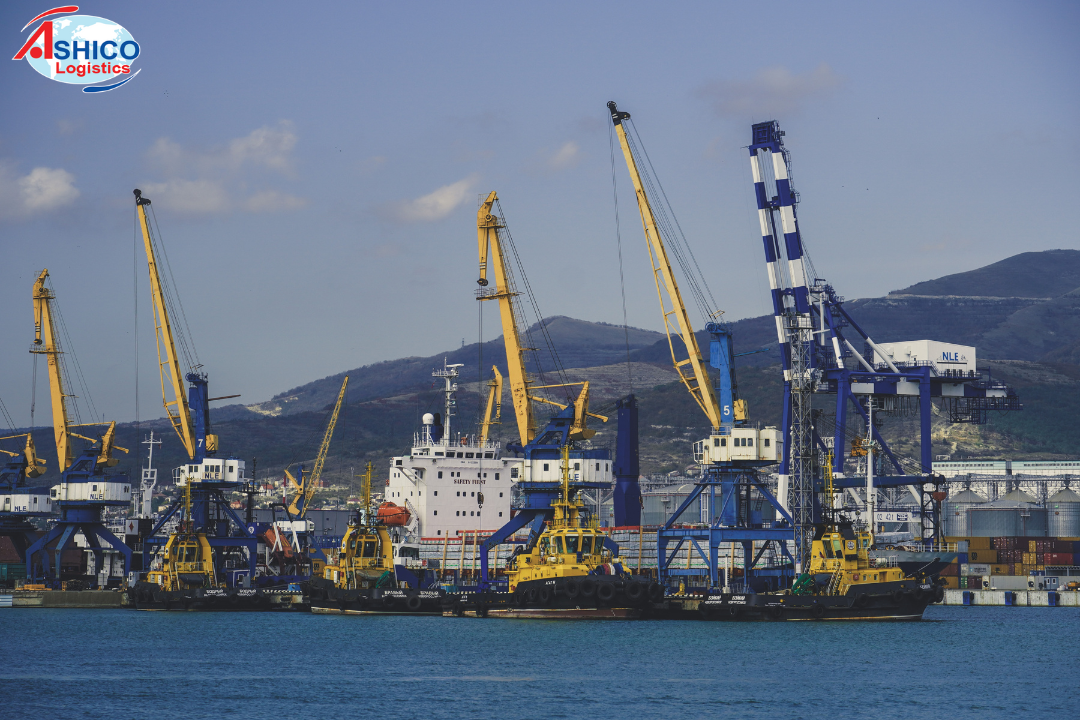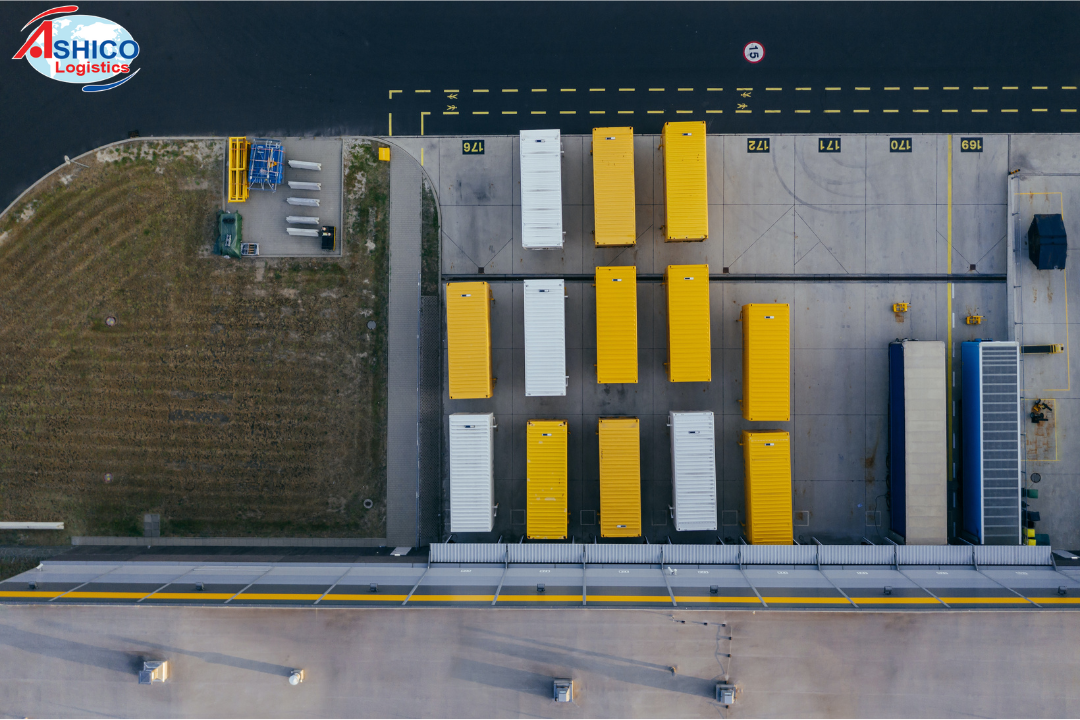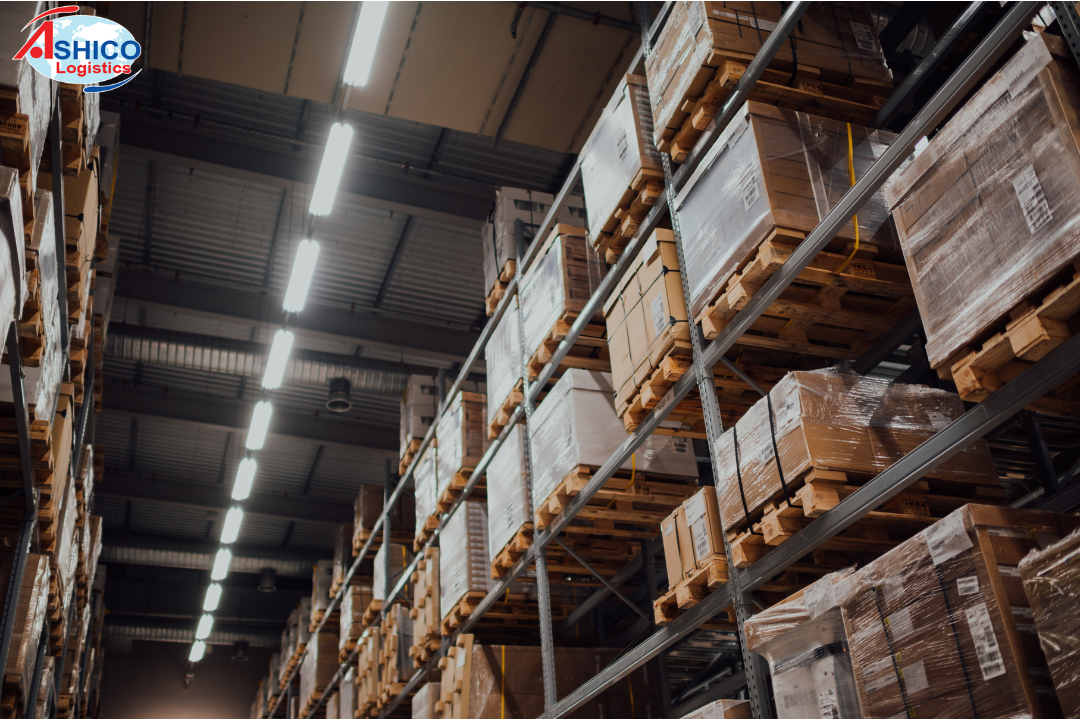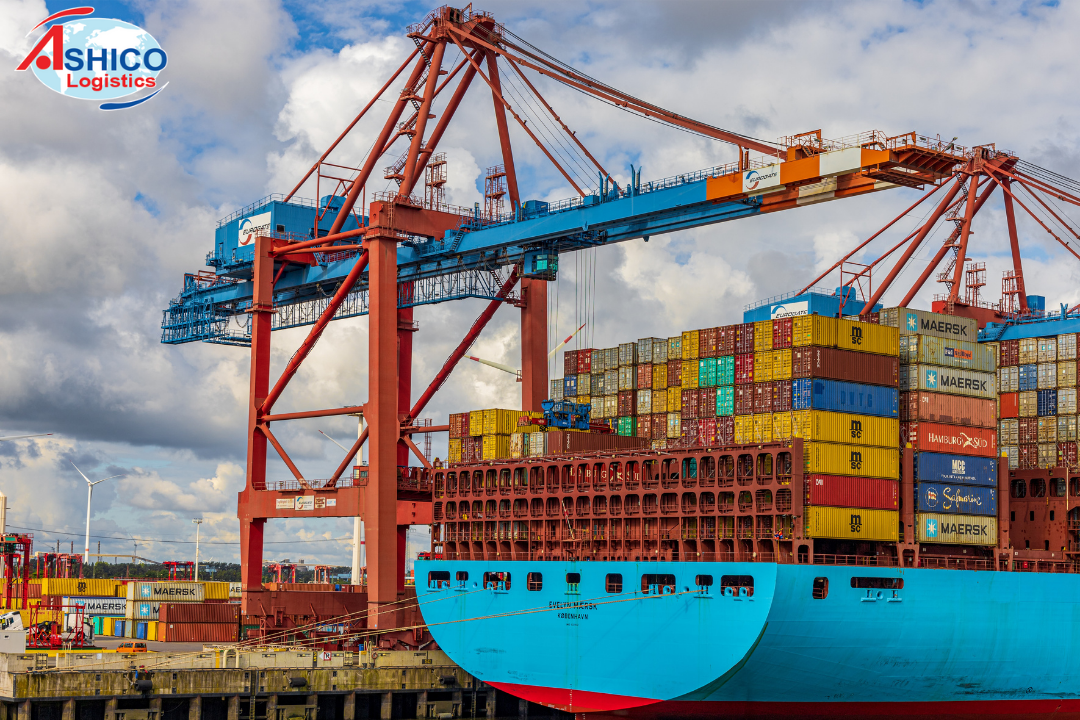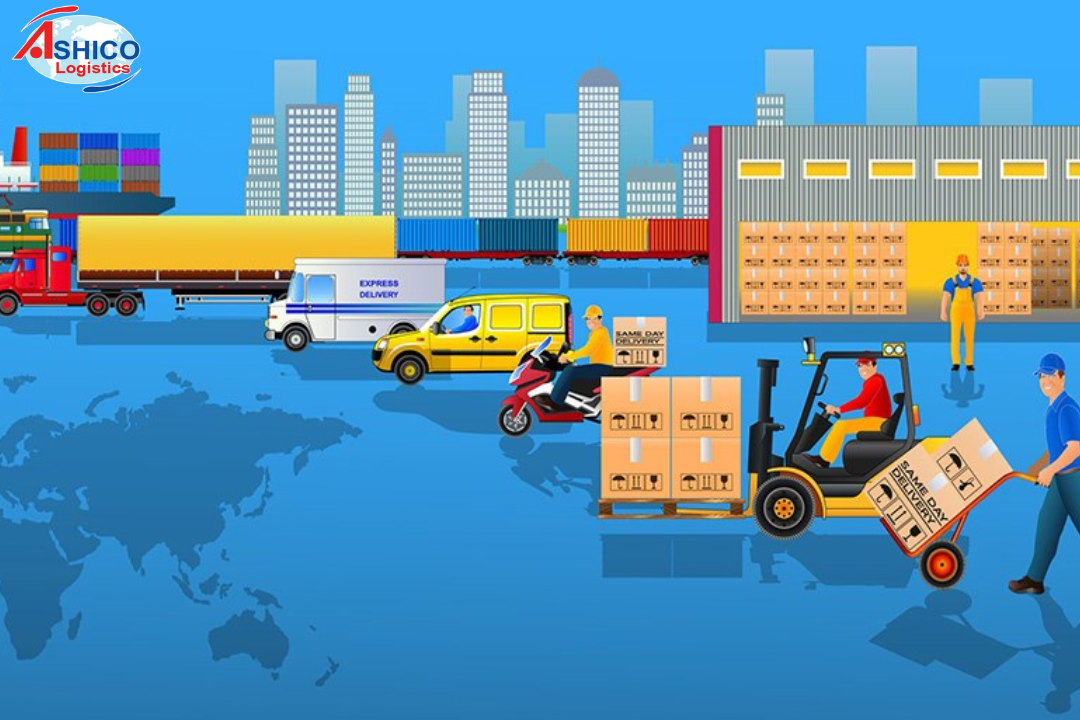
Logistics 3PL catches up with the development of e-commerce
Booming e-commerce fuels 3PL logistics that simplifies processes, shortens last-mile delivery, and reduces carbon in operations.
The field of third-party logistics (3PL) is being promoted and provides diversified services to more customers. Meanwhile, the e-commerce boom has prompted many companies to explore the 3PL route. The sector is expected to cross the $1,000 mark this year.
Globally, e-commerce sales are expected to total $5.5 trillion by 2022, continuing to grow over the next few years. According to Shopify, more than 20% of all global retail sales this year came from online shopping. This comes from the fact that 3PL logistics is catching up with the development speed of e-commerce.
.png)
Logistics 3PL is becoming the trend to keep up with the development of e-commerce.
Simplify
Process simplification trends have increased pressure on 3PLs to deliver flexible, automated services that target the direct-to-consumer market. As a result, some 3PL logistics companies have applied the most advanced technology to solve the rigors of e-commerce logistics.
Logistics 3PL is also dealing with increasing transportation costs, lack of warehouse space and higher labor costs. As e-commerce grows and operations become increasingly complex, 3rd parties will have to rethink how to simplify for shippers.
Shorten the last delivery
Mr. Evan Armstrong, president of Armstrong & Associates, Inc. said that even with the expectation of a "cooling off" economy in the near future, demand for 3PL services is likely to continue. “In 2023, we expect both warehousing and e-commerce to be among the fastest growing sectors thanks to 3PL logistics,” said Armstrong.
Mr. Armstrong pointed out Geodis, DHL, Ryder, JD Logistics... are some companies with strong 3PL services. In the future, this expert hopes to have more 3PL suppliers to add value in the last mile delivery of the supply chain. However, this process can also be expensive and time consuming. "The last leg of the supply chain is where a lot of things go wrong and require a lot of expertise beyond packaging," Mr. Armstrong emphasized.
Reduce carbon
Returning goods increases logistics activities, thereby developing reverse logistics services. This is a two-part process: take-out and resold or dispose.
Whereas 3PLs have always provided return processing, Sarah Banks, chief executive officer at Accenture sees them play a big part in sustainable profitability management. In other words, instead of having goods returned to inventory or thrown away, 3PLs can create avenues to resell or reuse those items.
This can therefore reduce the carbon footprint of both shippers and 3PLs. This is important because the e-commerce distribution model itself is "mature enough" to improve on the sustainability aspect.
Once goods are sold back through the supply chain, the 3PL can implement more sustainable processing on those orders, ensuring goods are not dumped. Instead, they can be refurbished for resale or reuse. This is a great opportunity for 3PL logistics companies to develop successfully and reverse logistics will become a mandatory component for these companies.
Phi Hung (Source: Logistics Management)
